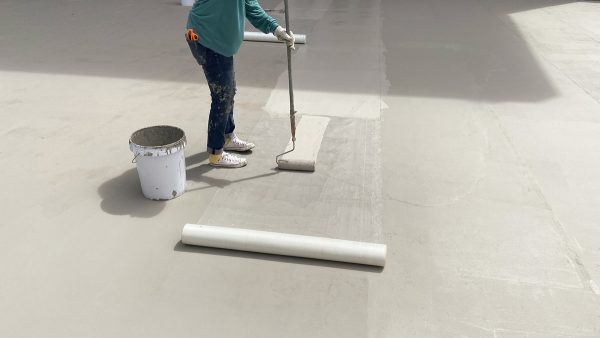What is the difference between concrete sealing and waterproofing?

Water is the natural enemy of concrete. Want your concrete to last? Keep the water out. There are several different ways to do that. You’ve probably heard of both sealing and waterproofing, but do you know the difference?
Sealing vs. waterproofing
Concrete sealing involves applying a light coating to the surface. This coating is usually used for an above-ground application—it’s not meant to stand up to the rigors of being buried below grade.
Below-grade concrete is subject to hydrostatic pressure. Think of it as a dam—the water constantly looks for a way to get through. A sealer will let the water run off easily, but it’s not going to stand up to the pressure of a below-grade application.
Waterproofing solutions are meant for below-grade or submerged applications. These are thicker, more robust coatings that form a layer. They hold out water even under pressure.
When do I need a sealer?
A sealer is useful for concrete patios, parking garages, or other applications where you’re just trying to keep liquids from sinking into the surface. You can apply a light coating of acrylic, polyurethane, or epoxy to add shine and extend the life of the concrete.
When do I need a waterproofer?
Anything below grade needs a waterproofing solution. Concrete looks pretty solid, but it’s full of minuscule cracks, pores, and other places where water can get in, and over time that pressure will break into the concrete and degrade it. This is obviously bad news for concrete slabs and basements.
Areas that remain submerged at all times also need a waterproofing solution. Think of fountains. Since they’re always in contact with water, it has a lot more chances to infiltrate.
The right solution for your concrete
Most concrete structures require a sealer or waterproofer to stand up to the elements. We can help. Contact JK Industries today to get a free consultation.
